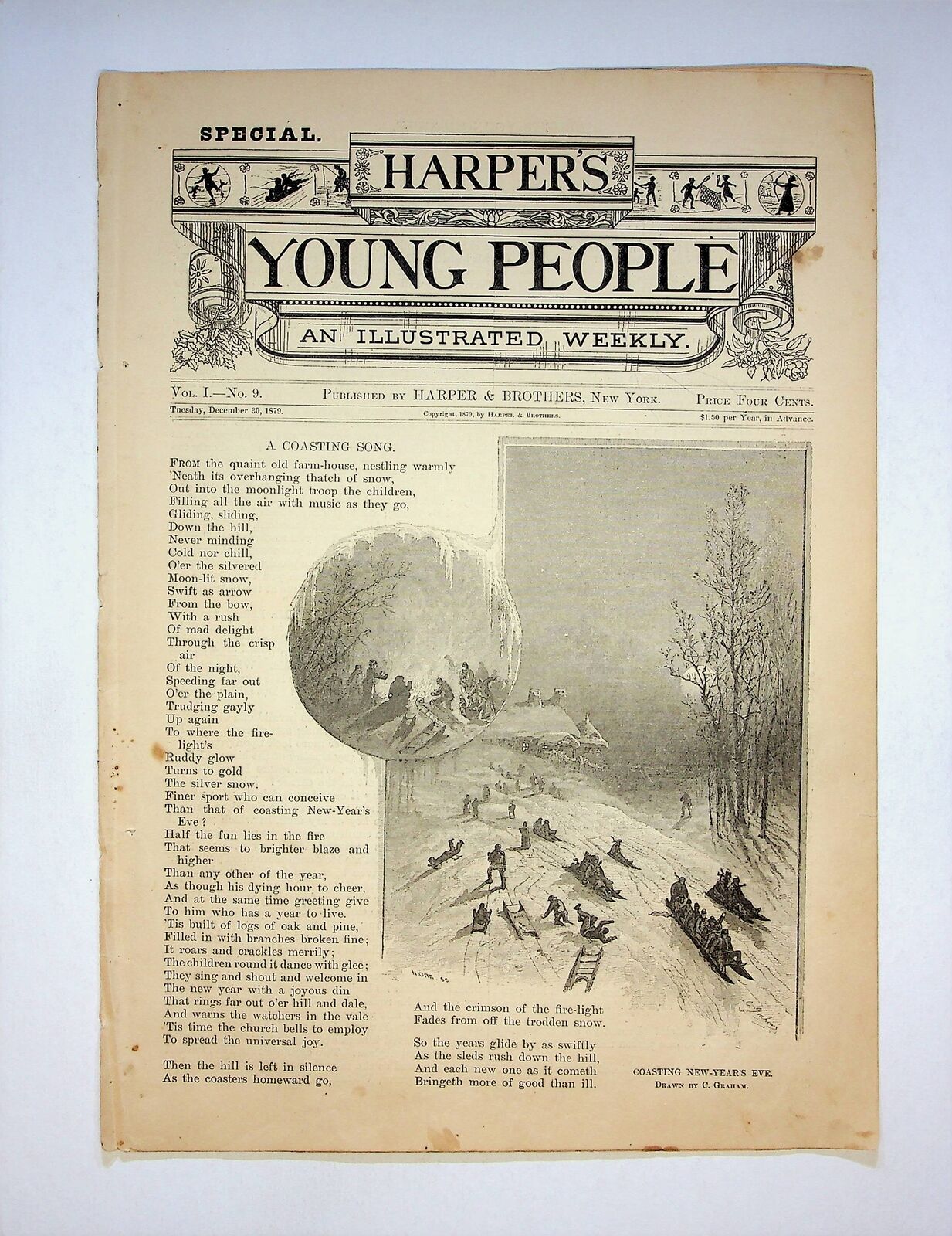Harper's Young People (Prior revision dated Saturday 16 September 2023 03:20:55 -- @181)
Introduction
Harper's Young People was a children's magazine that was published weekly from 1879 to 1899. The magazine was one of several efforts by the publishing company Harper & Brothers to create periodicals that appealed to a broad range of readers and ages.
History
Harper's Young People was founded in 1879 as a companion to the popular Harper's Weekly, which was intended for adults. The magazine was designed to appeal to children ages six to eighteen, and featured a mix of fiction, non-fiction, poetry, and puzzles.
The magazine was edited by George B. Howard, who had previously worked on Harper's Weekly and who had a personal interest in children's literature. During its twenty-year run, the magazine published the work of many well-known authors, including Louisa May Alcott, Mark Twain, and Rudyard Kipling.
Content
Harper's Young People included a wide range of content for its young audience. A typical issue might include stories about historical events, tales of adventure, or fact-based articles about science or geography.
The magazine also featured a variety of puzzles and games that were designed to be both entertaining and informative. These included riddles, mazes, and word games, as well as math and logic puzzles that aimed to teach readers critical thinking and problem-solving skills.
In addition to its regular content, Harper's Young People also published special issues devoted to specific topics, such as birds or the history of the United States.
Legacy
Harper's Young People played an important role in the development of children's literature in the late 19th century. The magazine was part of a larger movement to create literature that spoke directly to children and that respected their intelligence and interests.
Many of the stories and articles that were published in Harper's Young People have become classics of children's literature, and the magazine continues to be studied by scholars of childhood studies and publishing history.
References
- Foster, Shirley A. "George B. Howard and Harper's Young People." Children's Literature, vol. 4, 1975, pp. 77-92.
- Mott, Frank Luther. A History of American Magazines, 1865-1885. Vol. IV. Harvard University Press, 1969.
- "Harper's Young People." HathiTrust Digital Library, hathitrust.org/journal/0023-8931.{{Categories}}